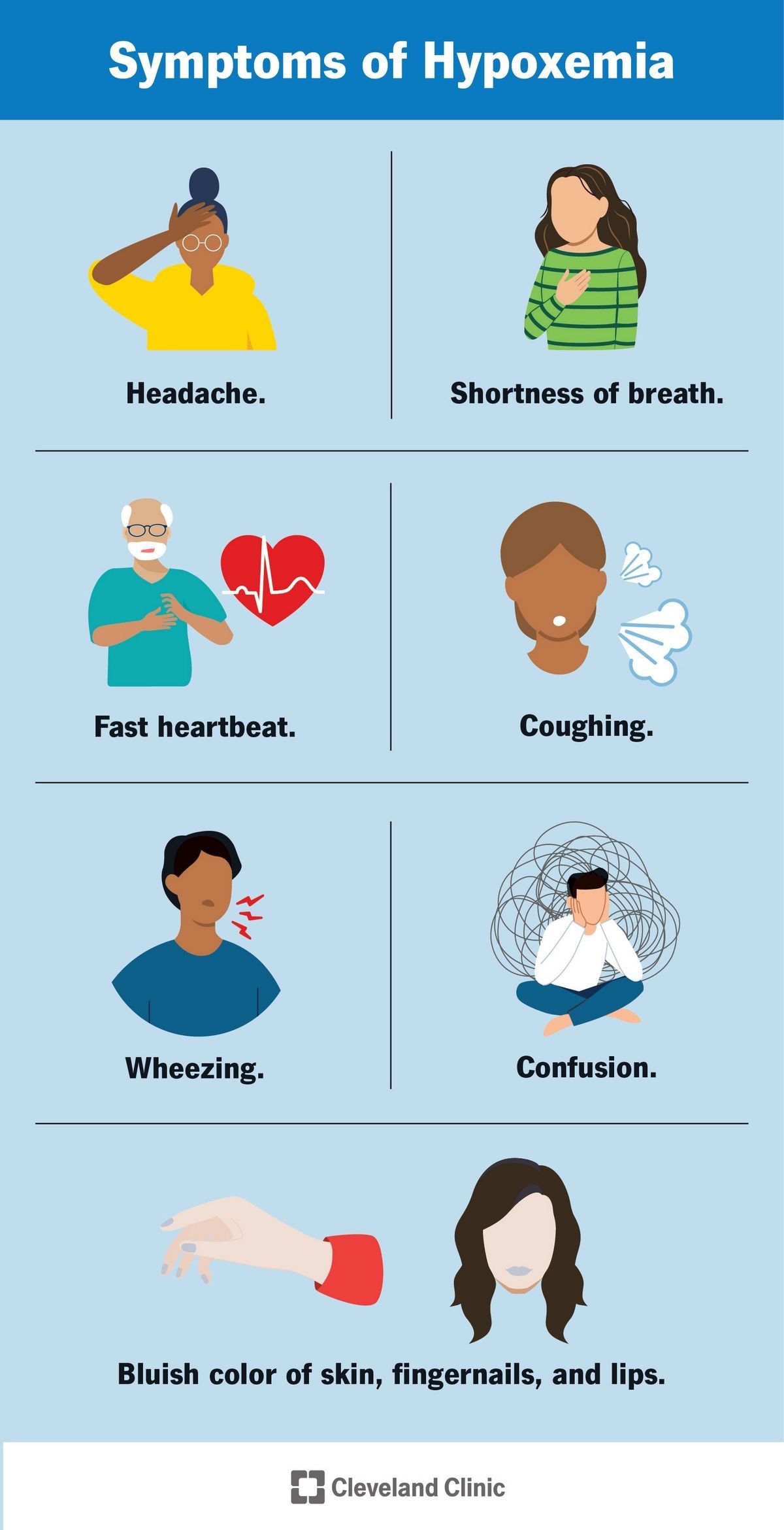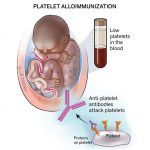
Contents
Hypoxia (Hypoxemia)
Hypoxia is insufficient oxygen supply for normal life functions, and hypoxemia is low arterial oxygen supply.
Hypoxia is a condition in which the supply of oxygen in the arteries is insufficient for normal life functions. Hypoxemia is a condition in which there is a low arterial oxygen supply. Hypoxia is sometimes used to describe both states.
Hypoxemia can lead to hypoxia (tissue hypoxia) in various tissues and organs, with the most severe being cerebral hypoxia resulting in brain damage or death.
If a person experiences environmental hypoxia (low or absent oxygen in the environment from high altitudes or drowning, for example), hypoxemia can develop.
Types of Hypoxia and Hypoxemia
- Hypoxic hypoxia (arterial hypoxia or generalized hypoxia):
- Reduced or lack of oxygen, leading to insufficient air available to the lungs.
- Asthma and other disorders of the lungs, heart, or brain can also cause hypoxic ischemia (inadequate blood supply).
QUESTION
Causes of Hypoxia and Hypoxemia
The causes of both environmental and tissue hypoxia often result in the intermediate state of hypoxemia; thus, the causes of any type of hypoxia are also potential causes of hypoxemia.
Some causes of hypoxia include:
- Chemical or gas poisoning (cyanide, carbon monoxide)
- Low or absent oxygen concentration (high altitudes, drowning, fires)
- Lung problems such as COPD, emphysema, bronchitis, or pneumonia
- Sleep apnea or asthma
Symptoms of Hypoxia and Hypoxemia
The symptoms of hypoxia and hypoxemia may be acute or chronic.
Acute symptoms can include:
- Shortness of breath
- Rapid breathing
- Fast heart rate
Other associated symptoms include:
Confusion, weak appearance, and changes in skin color. Severe symptoms of cerebral hypoxia include confusion, inability to communicate, coma, and potentially death. In pediatric patients, symptoms may include lethargy, irritability, anxiousness, inattentiveness, and changes in breathing.
Diagnosis of Hypoxia and Hypoxemia
Blood oxygen levels can be measured using a pulse oximeter.
Hypoxemia is diagnosed by oxygen monitors or blood gas sample analysis. Normal readings are about 95% to 100% oxygen saturation levels. Further tests may be ordered to determine the cause.
Treatment for Hypoxia and Hypoxemia
Treatment involves providing additional oxygen to the patient and addressing the underlying cause. Oxygen can be supplied through a nasal cannula or masks for mild cases, or through hyperbaric chambers or mechanical ventilation for more severe cases. Care must be taken to avoid excessive oxygen levels (hyperoxia) which can be toxic to tissues.
Complications of Hypoxia
Hypoxia can cause organ damage and failure, potentially leading to death. Early identification and treatment can prevent complications.
Prevention of Hypoxia and Hypoxemia
Prevention involves avoiding circumstances that reduce oxygen concentration in the environment and providing oxygen to individuals who tend to develop hypoxia or hypoxemia. Medications can also provide prevention and relief for specific conditions causing hypoxia/hypoxemia.


